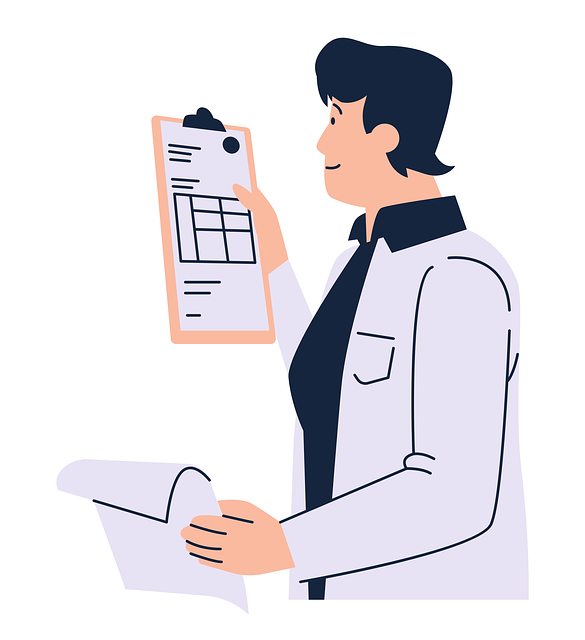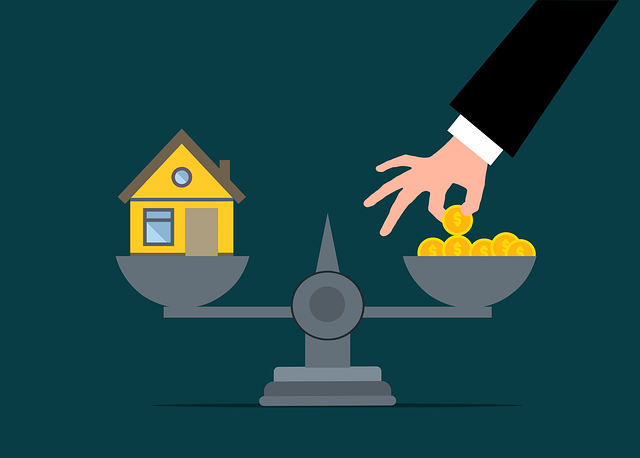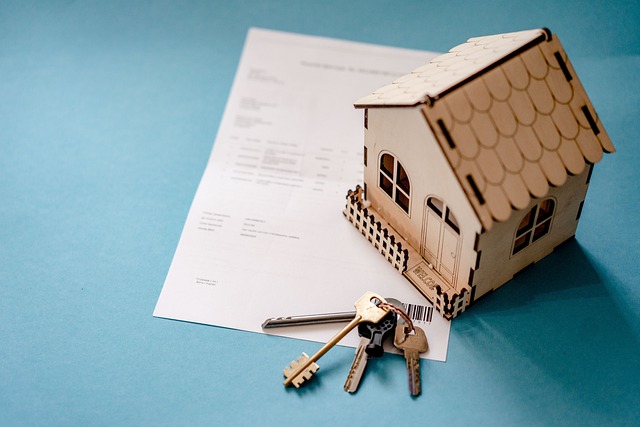Combining multiple high-interest credit cards through debt consolidation offers strategic repayment management, simplifying payments and reducing overall interest costs. However, extending repayment periods increases long-term interest expenses and closing credit cards may negatively impact credit scores. Weighing these factors, assess your financial situation, understand interest rates, review credit history, explore various loan options, prioritize loans based on terms, use budgeting tools, and regularly adjust your budget to maximize savings and achieve financial freedom by consolidating debt into one manageable loan.
Tired of juggling multiple credit cards with soaring interest rates? Combining your credit cards into one affordable loan could be a game-changer. This article guides you through the process of consolidating debt into one loan, highlighting the benefits and considerations of credit card debt consolidation. We’ll walk you through evaluating your financial situation, the steps involved, and effective repayment management techniques to help you regain control of your finances.
- Understanding Credit Card Debt Consolidation: Benefits and Considerations
- Evaluating Your Financial Situation for Loan Eligibility
- Steps to Combine Multiple Credit Cards into One Affordable Loan
- Managing and Tracking Repayments for Effective Debt Consolidation
Understanding Credit Card Debt Consolidation: Benefits and Considerations

Combining multiple credit cards into one affordable loan, often referred to as debt consolidation, offers a strategic approach to managing high-interest credit card debt. This process involves taking out a new loan with a lower interest rate, which is then used to pay off and close all existing credit cards. The primary benefit lies in simplifying repayment by consolidating multiple debts into one manageable payment, reducing the overall interest paid over time.
When considering debt consolidation into one loan, it’s essential to weigh the advantages against potential drawbacks. Lower monthly payments can provide immediate relief from the burden of multiple card payments. However, extending the repayment period might lead to paying more in interest costs over the life of the loan. Additionally, consolidating debt should be a well-thought-out decision, as closing credit cards may impact your credit score and available credit lines.
Evaluating Your Financial Situation for Loan Eligibility

Before you consider consolidating your credit card debt into a single affordable loan, it’s crucial to evaluate your current financial situation. This step is vital in determining your eligibility and the terms you can expect from lenders. Start by assessing your monthly income and expenses. Create a detailed budget that categorizes fixed costs (like rent or mortgage payments) and variable expenses (grocery shopping, entertainment). Identify areas where you can cut back to free up extra cash for debt repayment.
Additionally, take the time to understand the interest rates on your existing credit cards. High-interest rates will impact the overall cost of consolidation. Lenders often require a solid credit history and score to approve loan applications, so check your credit report for any errors or discrepancies that may affect your eligibility. Regularly reviewing your financial standing will empower you to make informed decisions about consolidating debt into one manageable loan.
Steps to Combine Multiple Credit Cards into One Affordable Loan

Combining multiple credit cards into one affordable loan, also known as consolidating debt into one loan, can be a strategic move to simplify your finances and save money on interest. Here’s how it works:
1. Assess Your Credit Cards: Start by reviewing all your existing credit cards. Note down the balances, interest rates, and terms associated with each card. This step is crucial as it helps you identify which cards carry the highest interest rates—prioritizing these in consolidation can save you significant money in the long run.
2. Explore Loan Options: Explore different loan types suitable for debt consolidation. Personal loans from banks or credit unions are popular choices, often offering lower interest rates than your credit cards. Compare loan terms and rates to find an option that suits your financial situation best. Online lenders also provide convenient consolidation loans with potentially faster approval times.
Managing and Tracking Repayments for Effective Debt Consolidation

When you consolidate debt into one loan, managing and tracking repayments becomes crucial for effective debt consolidation. The first step is to prioritize your loans based on interest rates and repayment terms. This allows you to focus on paying off the most expensive debts first, saving you money in the long run. You can use various tools and apps to track your progress and ensure you stay on course with your repayment plan.
Regularly reviewing your budget and adjusting as needed is key. Keep an eye on your spending habits to identify areas where you can cut back, freeing up more funds for loan repayments. By staying disciplined and organized, you’ll be better equipped to consolidate your debt into one affordable loan, ultimately leading to financial freedom.















